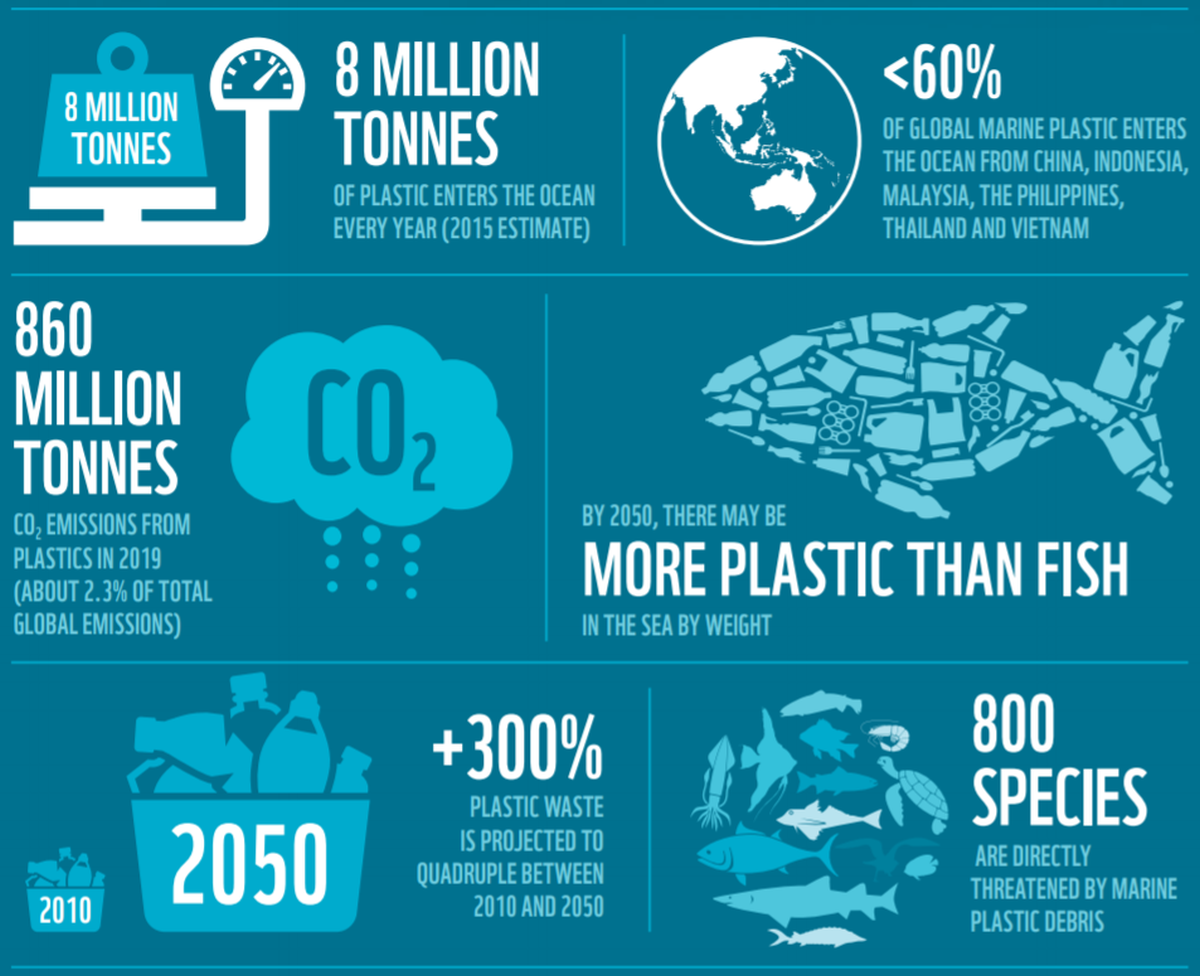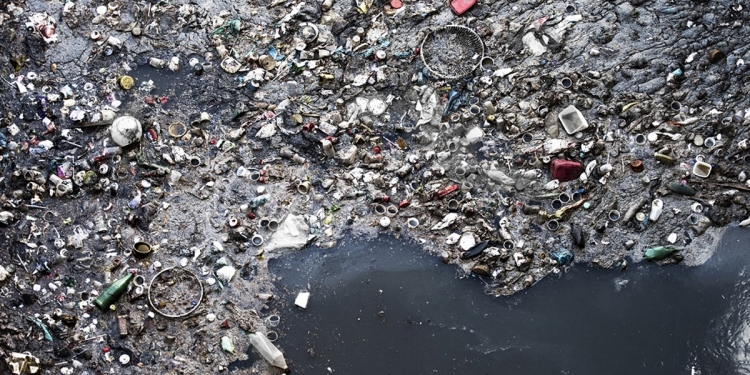For the past few days, reports pushing some very negative headlines concerning Malaysia’s handling of waste have been making the rounds. “Malaysia top plastic consumer in Asia“, “WWF: Malaysia is Asia’s Biggest Plastic Consumer“, and other stories of similar ilk have made claims based on a study conducted by the WWF—but the NGO has now issued a rebuttal to the reports, sharing their “disappointment” and the perceived “sensationalism” of their findings.
The study, for some context, looked at 6 nations from Asia—China, Indonesia, Vietnam, Thailand, the Philippines, and Malaysia—who collectively contribute 60% of the 8 million tonnes of plastic that enters the ocean. On a global level, the plastic waste is projected by researchers to quadruple between 2010–2050, with 800 species of marine life directly threatened.
Among the 6 nations, Malaysians also use the most plastic packaging on average, with an annual per capita plastic packaging consumption of 16.78kg. That’s more than 3kg per capita than the average consumption across the 6 countries, with the Philippines consuming the least plastic packaging. That’s down to the perceived “wealth” of Malaysians, according to Thomas Schuldt, WWF’s coordinator of work on a plastic circular economy, who spoke to Reuters.
The WWF official also called for more regulations in Malaysia and other relevant countries regarding single-use plastics, although there has been no response from the Malaysian authorities yet.

“We are disappointed with the inaccurate and misleading headlines.”
However, WWF Malaysia has since clarified in contributing posts on Malaysiakini and FreeMalaysiaToday that the headlines have been inaccurate, expressing disappointment at the “misleading” nature of the headlines. For example, Malaysia may be the heaviest consumer of plastic packaging of the 6, but this does not mean that Malaysia is the “highest polluter”.
“We would like to reiterate that there is no data or findings in the report which support these headlines.”
In fact, Malaysia ranked the highest among the countries studied for waste collection, which also means that not everything from the plastic consumption (per capita) actually ends up in the ocean. The post also draws attention to the fact that the data within the study is from 2016, and does not take newer initiatives such as the Zero Single-Use Plastics by the Ministry of Energy Science, Technology, Environment and Climate Change (MESTECC).
But one of the biggest inaccuracies reported are claims that Malaysia is the biggest culprit of marine pollution in Asia. Instead, the report only states that Malaysia ranks the highest among the 6 countries studied—and not among all 48 nations on the Asian continent.
For the full WWF report, click here.
[ SOURCE , 2 , 3 , IMAGE SOURCE ]








